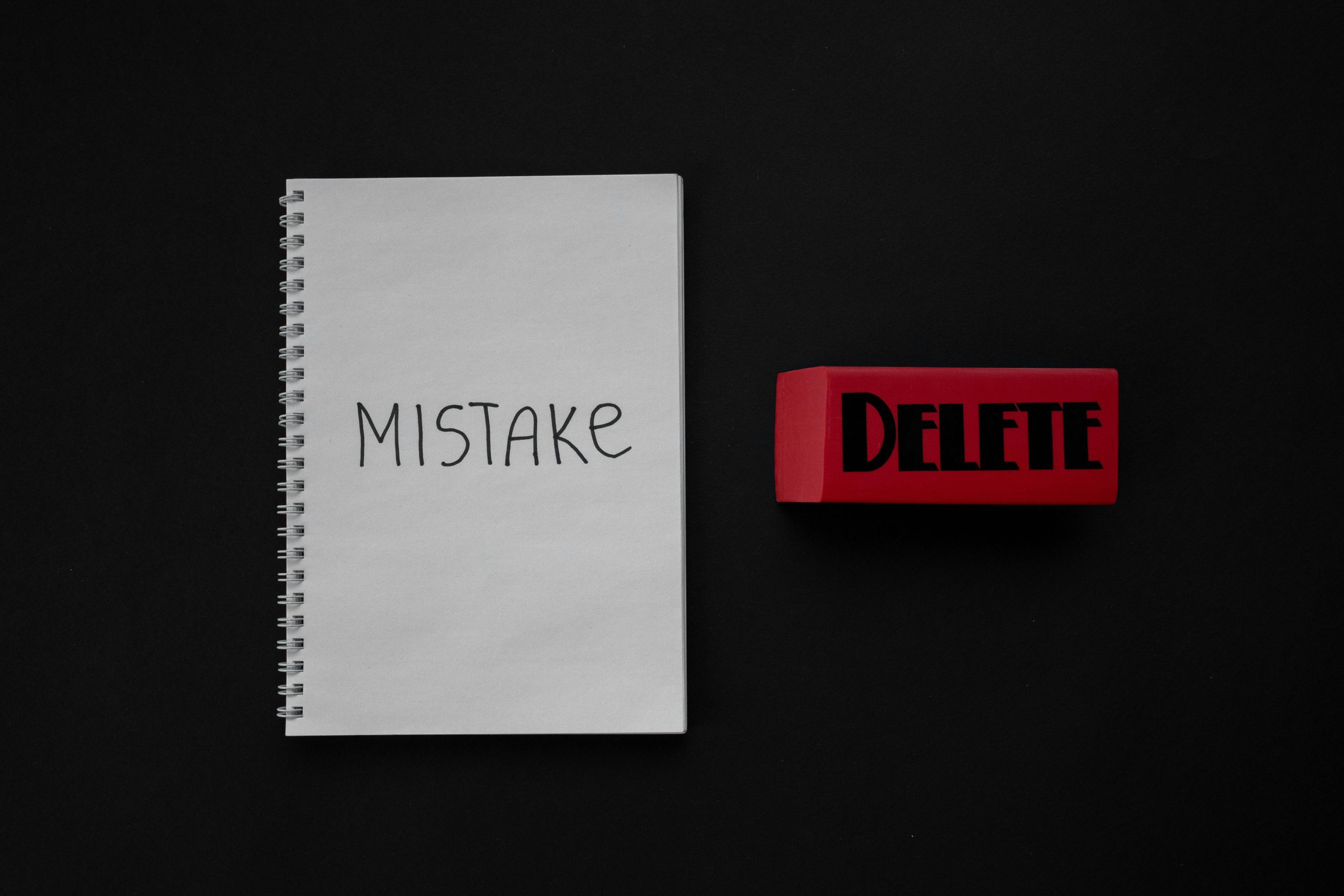How to estimate where you stand on income tax withholding
Published:You do not want to use the IRS like a bank account. Believe me, the money withheld from your paycheck would be better spent elsewhere – loans, payments, or a pair of shoes – than it would sitting in the digital catacombs of the Internal Revenue Service.
The alternative to stockpiling tax withholdings is even worse. As many Americans come to understand when they receive notice that their refund is actually a tax deficit, you can be penalized for not withholding enough. And your deficit might be too large to cover fully, resulting in additional penalties and interest.
READ: Who does the IRS trust, and are you on the list?
Ideally, you want to hit the sweet spot with your withholdings, so you can make wise choices with your money. The stock market would be one place where a couple thousand bucks could do a lot of good this year, or the downpayment on a mortgage. Even a savings account would earn a bit of extra revenue in the next six months.
Here’s how you can accurately track what you have contributed:
For Employees
Withheld taxes will appear on your paycheck stub. They should be divided into federal income tax, state/local tax, and social security/Medicare. You also might see a year-to-date section, which would tell you exactly how much you have contributed in the 2013 tax year.
If this figure seems incorrect, or if you were given a substantial refund last year, then you should navigate to the IRS withholding calculator and use your pay stubs to answer the questions provided. The website will take you through a step-by-step process to help you compare your real withholdings to what you should owe by year’s end. If you are informed of a deficit or positive balance, then you can fill out a new W-4 Form and submit it to your employer, which will partially offset your outstanding balance.
READ: How does the Federal Insurance Contributions Act (FICA) affect my taxes?
For Self-Employed and Small Businesses
If you are self-employed, you must withhold your own income by submitting Estimated Tax Payments on a quarterly basis. This will unfortunately require more intense computations – if only because you are the bookkeeper. If you are new to withholding your own taxes, then read my article, Estimated Tax Payments – tips for managing your small business for a brief introduction to the process.
Do-it-yourselfers also might benefit from reading Publication 505: Tax Withholding and Estimated Tax. This explains in detail all the changes in store for 2013, as well as all the nuances of making estimated tax payments.



